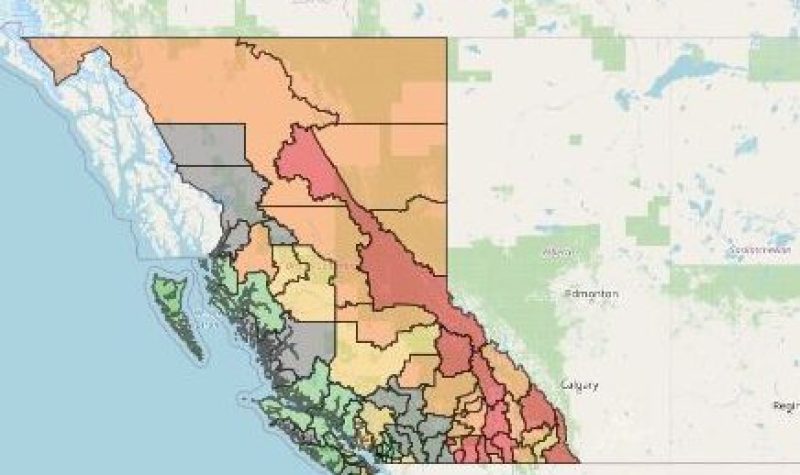Almost half the homes tested in Revelstoke show radon levels are above the safe limit set by Health Canada.
Radon is an invisible radioactive gas that's formed when uranium breaks down in the soil. It can leak into any building in contact with the ground. That's a problem because radon is the leading cause of lung cancer in Canada in non-smokers, and the second leading cause in smokers.
Health Canada links the gas to 3,000 lung cancers per year, said Pamela Warkentin, the project manager for Take Action on Radon, in a presentation on Tuesday to Revelstoke city council.
Revelstoke participated in the 100 test kit challenge last winter.
The national group, Take Action on Radon, sent 170 residents detection kits. 120 residents used the detectors, and sent them back to the group. They were analyzed in a lab, and results are in.
Due to the composition of the soil in this region, Anne-Marie Nicol, an epidemiologist with Simon Fraser University and part of Take Action on Radon, says it's not surprising that 46 per cent of homes are above the Health Canada guideline.
"It is considerable compared to other parts of the province," Nicol told city council. "You are sort of in a hot zone."
There is a diagonal strip of uranium-rich soil that runs from Prince George through the interior of British Columbia to the south east, Nicol said.
Becquerel is the unit used to quantify radon. Exposure to anything above 200 becquerels per cubed metre is what Health Canada says is unsafe.
In Revelstoke, the 120 households that measured their radon last winter, represents four per cent of the city's dwellings. 65 had radon below 200 bq/m³. 55 households measured radon levels between 200 to over 1000 bq/m³.
The idea behind the test kit challenge is to let people know the levels of gas in their home, so they can deal with it if it's high. It's also to gather data about radon levels, in an attempt to persuade governments to regulate the installation of radon mitigation systems in homes, and subsidize the cost of installations.
In 2014 British Columbia did change building codes to require all new dwellings to have a vent pipe installed. It has to run from below the foundation, through to the top of the building. If a person tests for radon levels in their new home, and discovers levels are high, they can then install a fan to blow out the gas.
The cost to install such a pipe and fan into an existing home is around $3000.
The test kit challenge has been running across Canada for four years. 74 communities have participated, and 10,000 test kits have been sent out. The data shows that Yukon, Saskatchewan and Manitoba have the highest levels of radon.
It's possible to contact Take Action on Radon to request a test kit.
Click below to listen to a radio report about radon, which aired on StokeFM on July 13, 2022.


